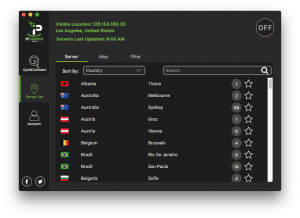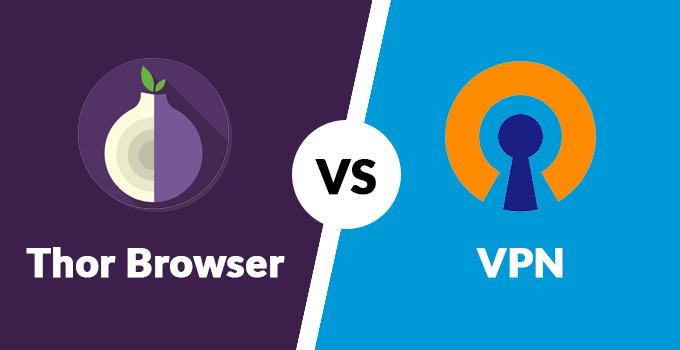
This is sometimes necessary for accessing internal networks for jobs and schools, and some users rely on VPN for privacy purposes. Basically how a VPN works is that, when enabled, it routes data going to and from the computer to the internet through the VPN, wrapping it an encrypted layer. Often consumers will use a VPN as a means of improving privacy, security, or being a bit more anonymous online, or to protect data that is being transferred from the Mac to the internet. Now you can run tor as src/app/tor (0.4.3.x and later), or you can run make install (as root if necessary) to install it into /usr/local/, and then you can start it just by running tor.VPN stands for Virtual Private Network, and VPN services are often used by businesses, enterprises, agencies, and individuals for a wide variety of purposes. If you're building from source, first install libevent, and make sure you have openssl and zlib (including the -devel packages if applicable). The latest release of Tor can be found on the download page.

If you are using Homebrew in a Terminal window, run: # brew install tor To install Macports follow the instructions on /install.php.

To install Homebrew follow the instructions on brew.sh. You can use the package manager of your choice. There are two package manager on OS X: Homebrew and Macports. Note that sudo asks for your user password, while su expects the root password of your system. To open a root terminal you have several options: sudo su, or sudo -i, or su -i.

Admin access: To install Tor you need root privileges.īelow all commands that need to be run as root user like apt and dpkg are prepended with '#', while commands to be run as user with '$' resembling the standard prompt in a terminal.


 0 kommentar(er)
0 kommentar(er)
